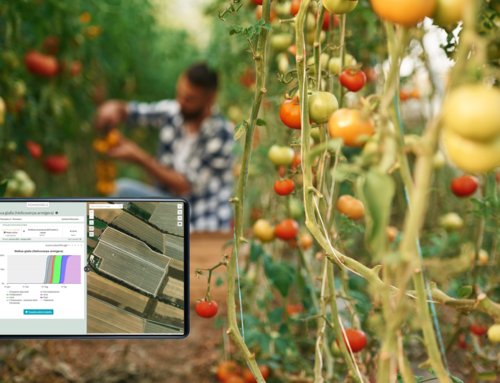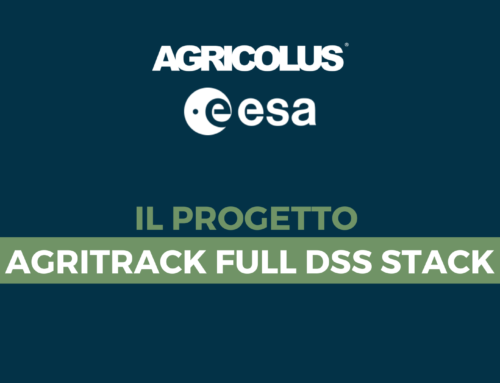Farmers and agronomists normally rotate crops, provide nutrients in the soil, study the phenology of plants, soil texture, field morphology, the relationship between the elements, the amount of organic matter and climatic factors. All these efforts have one goal: to give crops what they need to maximize production and quality in a rational manner, while protecting the agroecosystem.
A keyword emerges: “rational.” But giving the field nutrients rationally is anything but simple. Ecological processes are complex and are characterized by complicated macro and microscopic interactions.
Nutrients for crops
Crops require a variety of nutrients that are primarily classified into two groups: macronutrients (e.g., Nitrogen, Phosphorus, Potassium, Sulfur, Calcium, Magnesium, Potassium, and Chlorine) and micronutrients (e.g., Iron, Manganese, Zinc, Copper, Boron, and Molybdenum).
The terms Macro- and Micro- refer to the availability in the environment and the need by the plant. Particular attention is given, among these, to Nitrogen, Phosphorus and Potassium (NPK), for which special fertilization plans are regularly drawn up.
The forecast model for fertilization
One of the “classic” methods to calculate the NPK requirement is to make a balance between all the factors that increase the content of nutrients available to the crop in the soil and those that impoverish it.
If we consider the inputs, excluding those provided by the farmer, we must consider those coming from the mineralization of organic matter, the nutrients contained in the rain and those in the residues of the previous crop.
On the other hand, losses due to leaching, denitrification, volatilization and other phenomena must be considered. All this is then balanced with the needs of the crop that are obviously species-specific (if not variety-specific) and dependent on the yield of the same.
This method, implemented in the Agricolus platform, combines ease of use with a good level of approximation. The calculation of the fertilization plan is done with the minimum effort of data entry by the farmer, who can view field by field the status of fertilization (total and residual).
The model becomes even more interesting if integrated with the feature for the production of variable rate fertilization maps. This synergistic action can provide very useful tools to make data-driven decisions and understand how much and where to fertilize.




